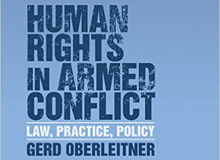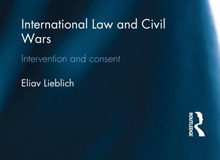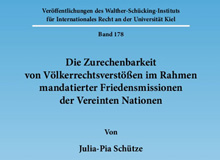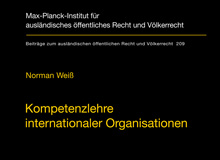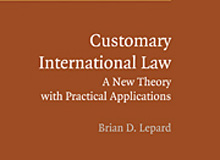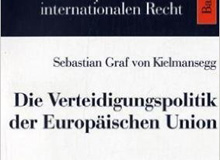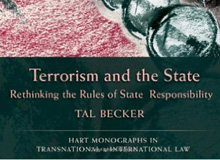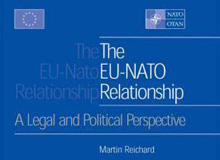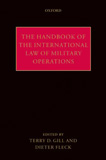
The Handbook of the International Law of Military Operations. Terry D. Gill and Dieter Fleck (eds). Oxford: Oxford University Press. 2010. 688pp. Index. £95. ISBN 978-0-19-954589-6.
The present volume constitutes the third instalment in a series of handbooks (co-)edited by Dieter Fleck and published by Oxford University Press. The first of these works, The Handbook of International Humanitarian Law, addresses the law applicable to international and non-international armed conflicts, while the second, The Handbook of the Law of Visiting Forces, deals with the legal issues raised by the deployment of armed forces abroad with the consent of the territorial sovereign. The latest Handbook adopts a perspective that is somewhere in-between those taken by its companion volumes, focusing on the rules of international law applicable to military operations conducted either in times of peace or in the context armed hostilities. The rules of international law governing such military operations derive from a multitude of sources including both general international law as well as specific legal regimes, including the law governing the use of force, international humanitarian law and international human rights law. The main purpose of the Handbook is to provide a comprehensive overview of these different rules and to bring them together in a single text for the first time. As such, some overlaps between the present Handbook and the other two volumes are to be expected.
Like its predecessors, the Handbook is written in the style of a commentary: its 32 chapters first set out the basic rules in bold (what the editors call the ‘black letter rules’) and then provide detailed commentaries on those rules. This style reflects the dual purpose of the Handbook, firstly, as a training tool and comprehensive guide intended for practitioners actually involved in the conduct of international military operations and, secondly, as a reference work for scholars and students working in this area from a safer distance. This format and dual purpose imposes certain constraints. In particular, when confronted with controversies relating to the applicable law, the editors have decided, as a matter of editorial policy, to favour clarity and usability over extended doctrinal discussions. There can be no doubt that the readability and ease of use of the Handbook owes much to this decision. However, since operational law is at its most fascinating, certainly from an academic but most likely also from a professional point of view, precisely at the point where legal certainty gives way to ambiguity and unpredictability, this policy might leave neither the scholar nor the practitioner completely satisfied in their search for enlightenment on particular legal difficulties. The more liberal use of footnotes to offer further guidance to the reader may have offered a partial remedy, if not a perfect solution, to this problem.
Despite its aim to offer a comprehensive overview of the subject, it is not easy to gain a coherent sense of the international law of military operations by reading the Handbook. The fault for this lies primarily with the subject matter rather than with the authors and editors: the international law applicable to military operations is thoroughly fragmented, deriving as it does from a multitude of separate legal sources and regimes. However, this fragmented nature of the applicable law does raise an underlying question, namely whether it is in fact appropriate for the Handbook to describe ‘the international law of military operations’ as a distinct branch of international law. To substantiate this claim, the Handbook could have attempted to situate this new or emerging branch of international law within the context of the international legal order, explain what its core principles and processes are, provide a systematic account of its different areas of application and investigate the relationship between the different legal regimes feeding it in general terms rather than focus primarily on the relationship between international humanitarian law and international human rights law. The Handbook provides some partial answers to these questions, but with its emphasis on serving the professional needs of military lawyers and other practitioners, it does not attempt to advance a general theory of international operational law. From its pages, the international law of military operations thus appears more like a distinct field of international legal practice, the world of international law as seen through the eyes of military legal advisors, rather than as a distinct branch of international law.
That said, it would be wrong to chide the Handbook for not being a monograph. In fact, whether or not international operational law is a distinct branch of international law, it is certainly a topic that merits detailed study and the Handbook does an admirable job of providing authoritative guidance on some of the most pressing problems of international military operations. As such, the Handbook deserves to be widely read and consulted as an indispensable reference work by both scholars and practitioners working in this field.
Published in International Affairs.

